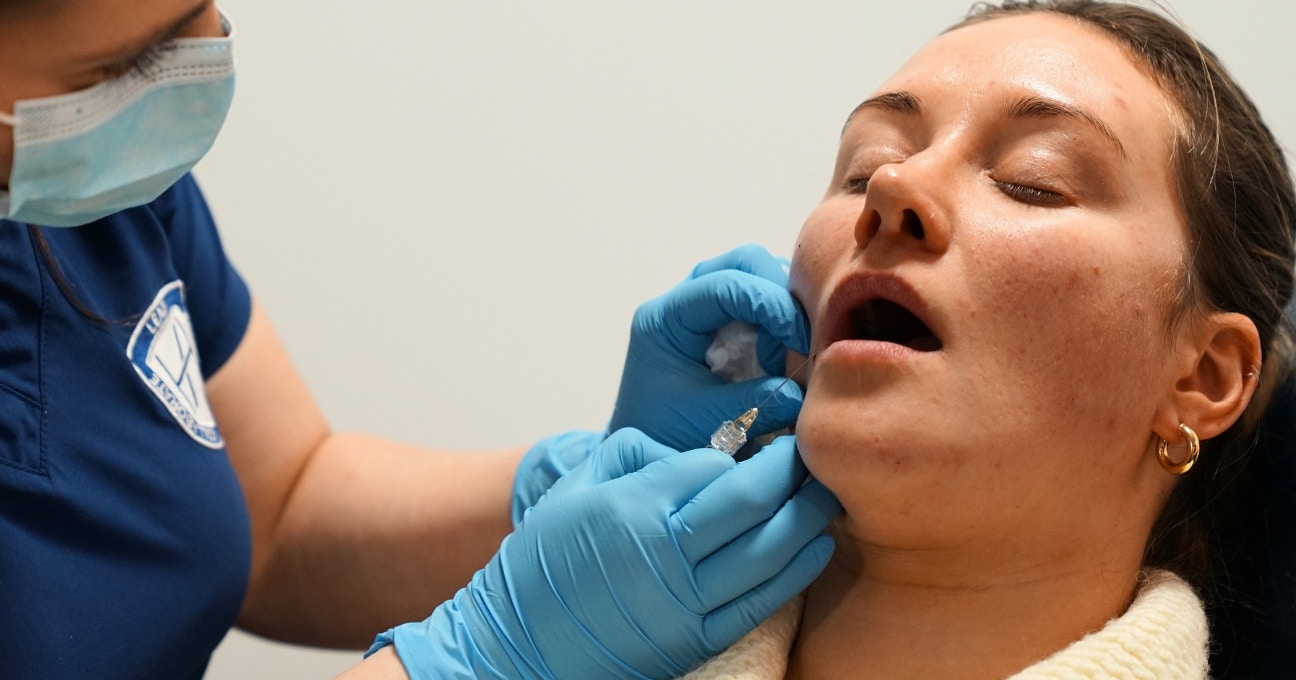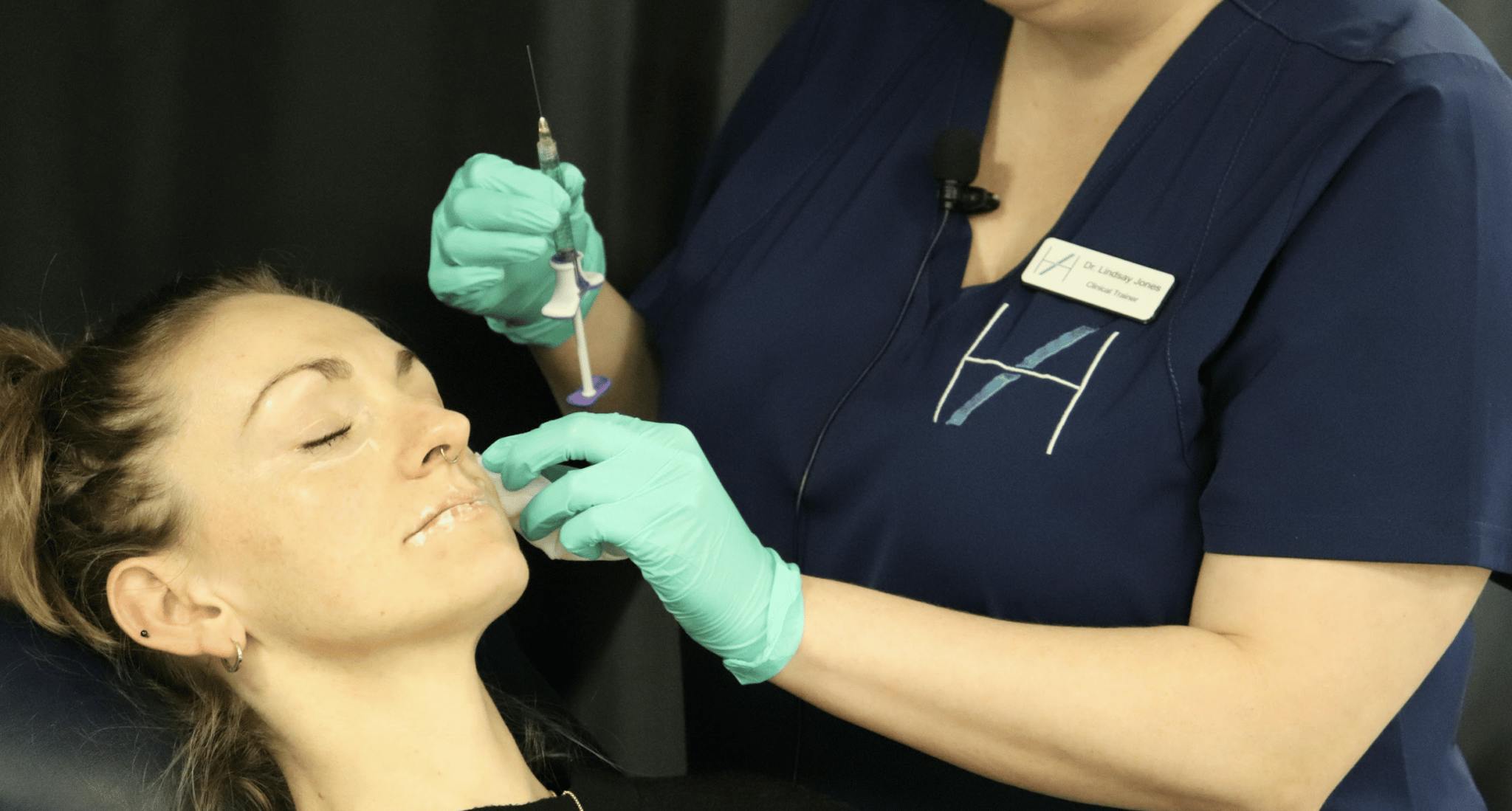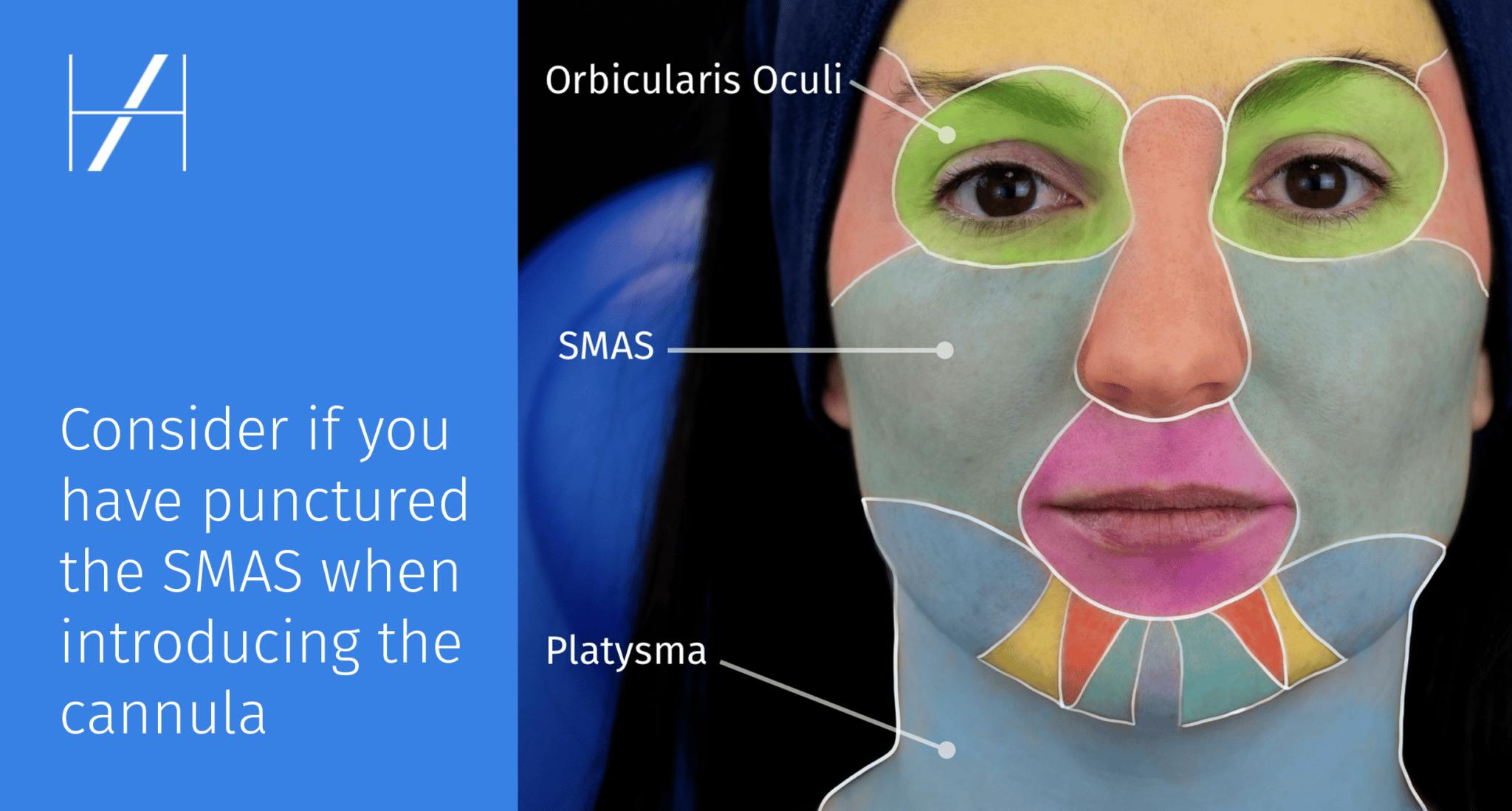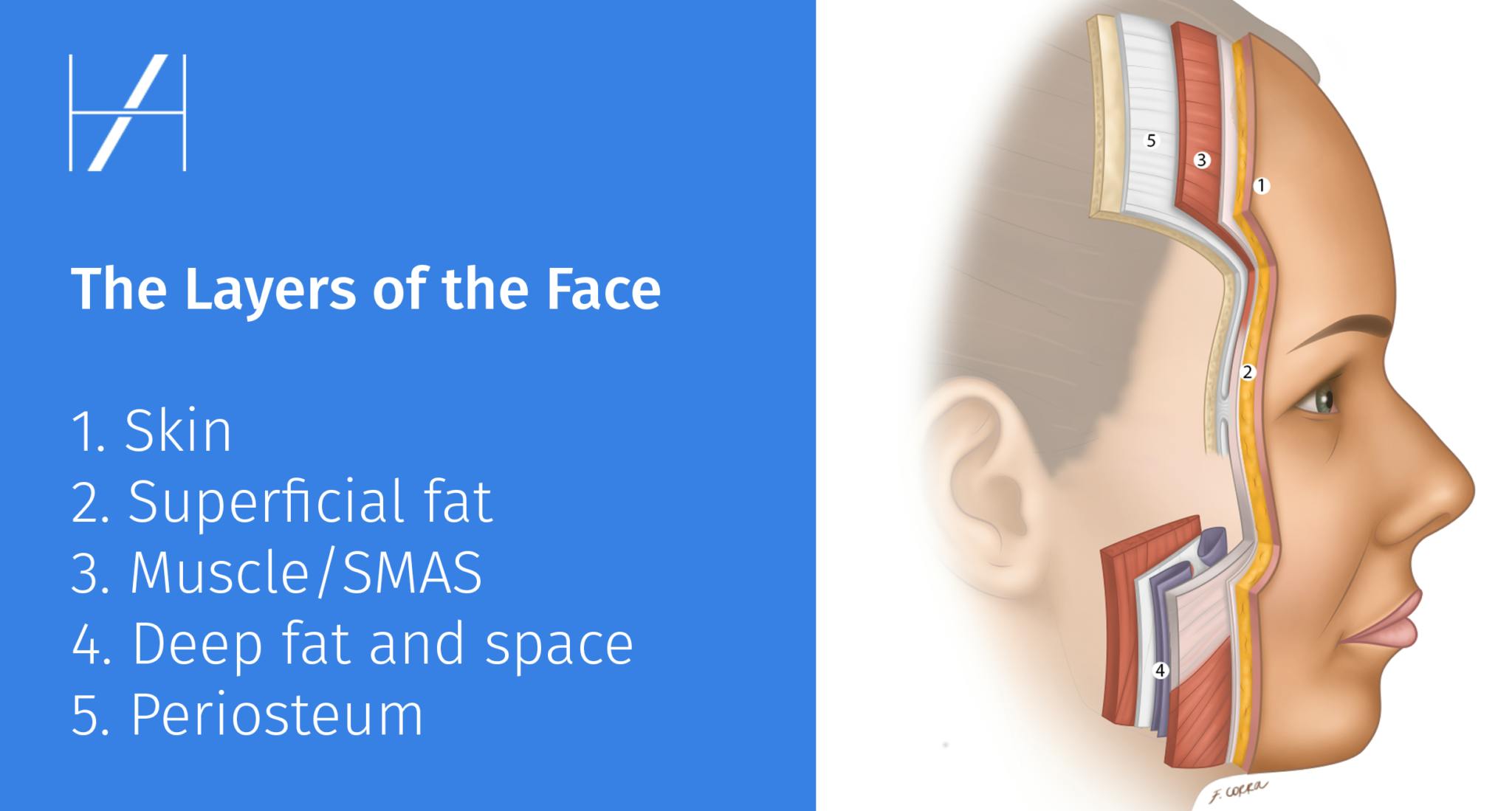Learning to Use a Cannula as a New Injector

Learning to use a cannula as a new injector can be scary – but it needn’t be!
Using a cannula is associated with improved safety and comfort for your patients. As an aesthetics practitioner, it’s a technique you should learn as soon as you feel comfortable.
This can be any time from completing your basic Foundation or Core aesthetics training, but the timing is really up to you and your confidence level.
To get some expert advice on learning to use a cannula, we spoke to our director of education, Dr Kalpna Pindolia.

HOW DO YOU KNOW WHETHER YOU'RE IN THE RIGHT PLANE WHEN USING A CANNULA?
“When assessing the plane of the cannula, it’s crucial to know where your cannula is laying,” notes Dr Kal. “Filler is delivered at the tip of the cannula – the rest of the cannula may be traversing across many layers.”
She explains, “This is particularly important when, for instance, delivering retrograde threads as you’ll need to know if the tip is in the right plane for the entire thread length.”
While introducing the cannula, you should consider if you have punctured the SMAS
“There is an audible and palpable pop as you introduce cannula and transverse the SMAS layer,” confirms Dr Kal.
“Puncture of the SMAS, for example in the medial cheek region, means you’ve entered the deep fat plane – the area you want to treat. If you haven’t, you’re likely more superficial and need to go deeper.”

Three considerations at the destination of the cannula to ensure you’re in the right plane
1. Visual
“Lift the cannula while in situ then ask yourself these questions,” says Dr Kal.
“Can you see the colour? If you can see the silver tinge of the cannula, you are very superficial.”
“Can you see the outline clearly or is it less defined? The clearer the outline, the more superficial you are.”
2. Palpation
“Can you feel the cannula well or is it less defined on touch? The more you can feel it, the more superficial you are.”
3. Reassess lots
“If you’re moving the cannula, for example when retrograde threading or fanning, reassess visually and palpate lots to ensure you’re still in the desired plane,” she advises.

HOW DO DECIDE ON THE PLANE OF TREATMENT
“Whichever area you select to treat, you’ll need to decide the plane – or depth,” notes Dr Kal. She lists the following factors which will affect your decision making. You'll learn how to navigation each of these in your filler courses at Harley Academy.
Which plane are you replacing the tissue of?
“For example, in theory, bone loss and deep fat replacement require deep filler replacement. On the other hand, superficial fat lies more superficially, so it’s replaced there.”
What lies beneath the skin and where?
“For example, it’s useful to avoid foraminal blood vessels in the deep plane or more superficial vessels of the piriform fossa.”
What product are you using?
“For example, a high G prime product used superficially may be too visible. Also, if used in a deep plane it could cause great lift in all of the layers above, without visible detection.”

WHICH AREAS REQUIRE A DEEP APPROACH AND WHEN SHOULD YOU STAY SUPERFICIAL?
You should be able to determine this by drawing on your training and the advice above.
“Placement is ultimately up to the injector, who will consider their experience level and preference,” states Dr Kal.
“I like to use a cannula in the following circumstances, although not all injectors will,” she offers.
Medial cheeks: “I prefer the deep plane under the SMAS to reduce the risk of infraorbital vessel injury.”
Lip body: “I favour layer 2 in order to avoid labial artery injury.”
Preauricular region: “My preference here is for fanning in layer 2.”
Jawline: “To avoid the facial artery, I opt for more superficial layer 2 with this treatment. I only use supraperiosteal placement deep for the gonial angle, as I know I’m a long way from where the facial artery emerges.”
Once you're confident in your basic cannula technique, you can learn more about perfecting these approaches in our Injectables Masterclasses.

WHICH AREAS SHOULD YOU NOT USE A CANNULA FOR?
“This is again down to personal preference,” asserts Dr Kal. “There are practitioners who use cannula only, others needle only… but most use both.”
“The point is, you can choose your tool – needle or cannula – to produce your art. Just ensure it makes sense from a safety, aesthetic and anatomical perspective.”
By way of example, she advises, “I prefer a needle for more precise work, for example treating the Cupid’s bow and the vermillion border.”
“I also love the projection that can be achieved from small supraperiosteal boluses using a high G prime product in safe anatomical areas avoiding the skull foramina, such as the cheek apex and gonial angle”
We hope you find this information helpful as you start learning to use a cannula.
If you’re a doctor, dentist, nurse or clinical pharmacist looking for dermal filler courses that build your confidence in using a cannula, contact our courses advisors for personalised recommendations.
All information correct at the time of publication
Download our full prospectus
Browse all our injectables, dermal fillers and cosmetic dermatology courses in one document
By submitting this form, you agree to receive marketing about our products, events, promotions and exclusive content. Consent is not a condition of purchase, and no purchase is necessary. Message frequency varies. View our Privacy Policy and Terms & Conditions
Attend our FREE open evening
If you're not sure which course is right for you, let us help
Join us online or in-person at our free open evening to learn more
Our Partners












STAY INFORMED
Sign up to receive industry news, careers advice, special offers and information on Harley Academy courses and services

